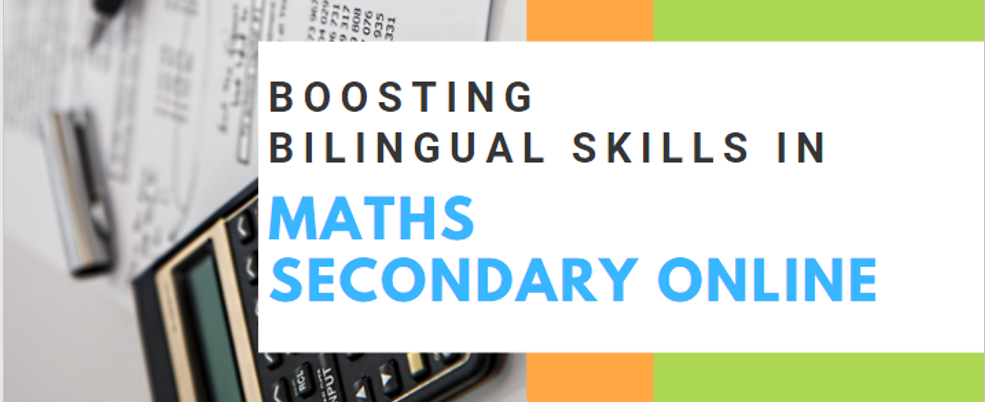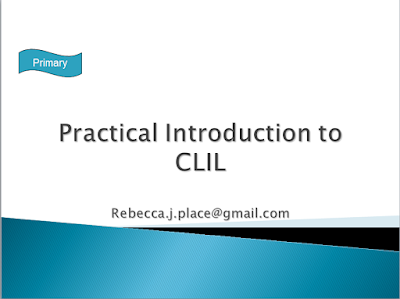
Scaffolding
is a great way to engage students in a lesson from the very beginning. Scaffolding helps building skills
and competences by helping learners to understand the contents and the language using different strategies that support them to build skills and competences which will be transferred to other
In order to make scaffolding effectively, we should always have in mind
the objective of
our lesson, the students’ needs and the task sequencing, and
focus our scaffolding where the help is needed to achieve intended learning
outcomes.
Remember that Scaffolding means helping
learners to build and develop skills and competences, and it helps teachers to attend diversity and foster
creativity and autonomy within the classroom.
 “I’ve seen teachers burn out
because of the effort they put into planning, so it’s important to start
slowly, to take small steps, bite-size pieces and ideally work in a team –with
language and content teachers.”
“I’ve seen teachers burn out
because of the effort they put into planning, so it’s important to start
slowly, to take small steps, bite-size pieces and ideally work in a team –with
language and content teachers.”
David Marsh: Extract from a Foreword
in:
101
Scaffolding Techniques for language and teaching and learning,
by
Donna Lee Fields. Octaedro
Editorial. Barcelona 2019.

Donna Fields was at the Centro de Formación del
Profesorado teaching the course: Scaffolding for CLIL Secondary.

Click on this image to see her presentation
 |
| Download the activities carried out during the face to face course |
If you click on your subject, you can see the activities created by @educacyl teachers after the face to face session course held by Donna Fields:
Click on the pictures to enjoy the lectures:
Although the examples of the activities and project proposed below refer to the P.E. class, they can be easily adapted to the Technology class with little effort, as Technology teachers did during the face-to-face course.









